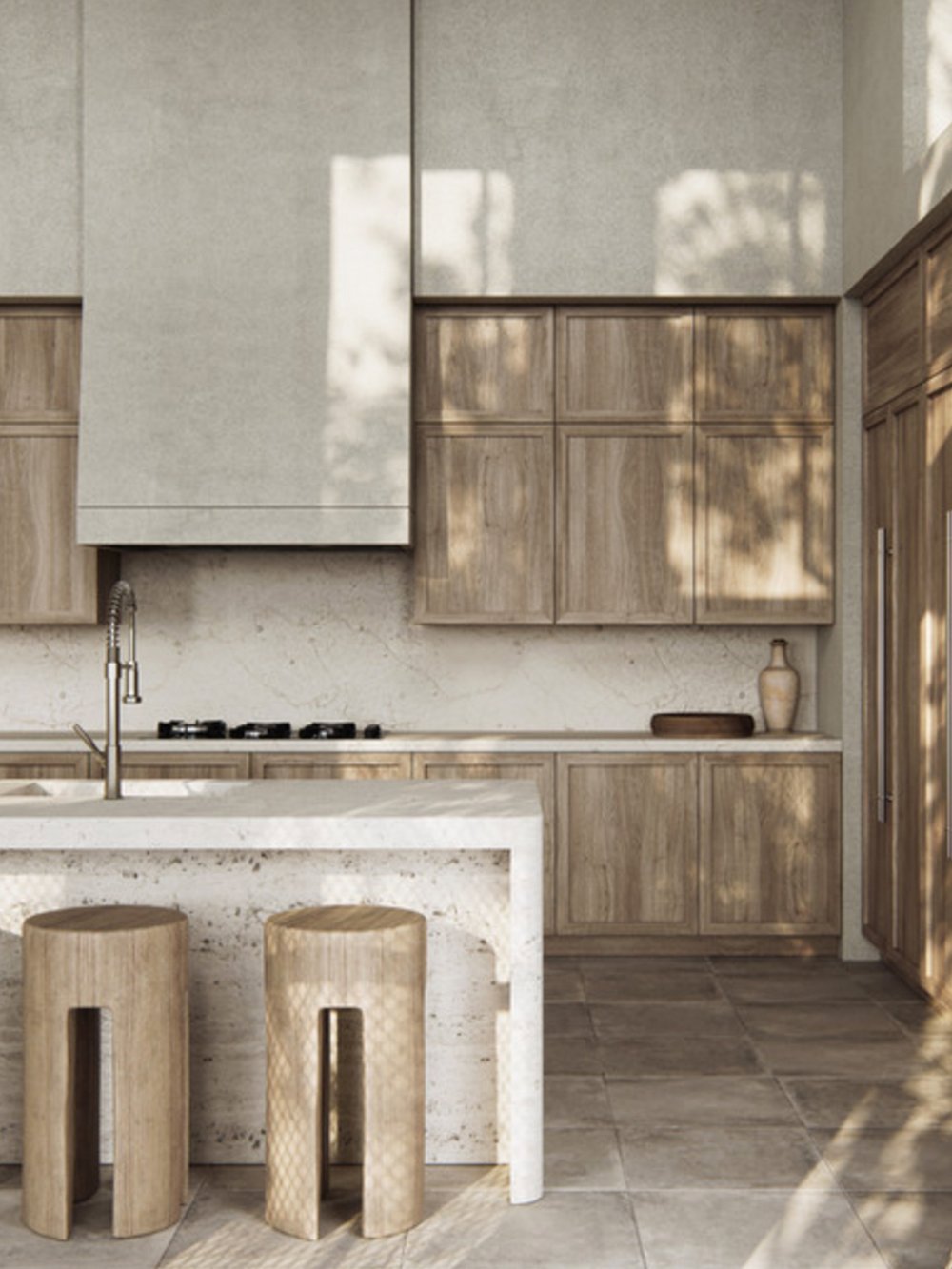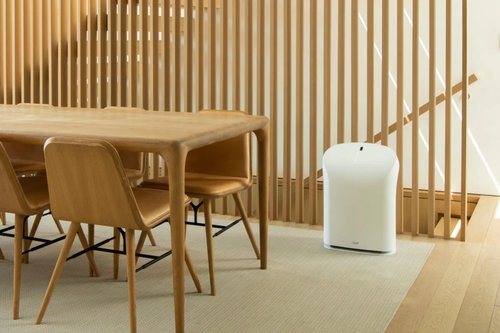Thermal Comfort Strategies:
Effective home temperature management takes a holistic approach that goes beyond simply adjusting the air temperature. It involves strategies that address both radiant heat and humidity to ensure comfort and energy conservation. Programmable thermostats and smart systems are excellent for customizing your home’s climate efficiently. Additionally, addressing drafts and improving insulation are vital for keeping temperatures consistent and minimizing energy loss.
Regarding radiant heat, incorporating materials such as stone or brick into your home's architecture allows these elements to absorb heat during the day and release it slowly as temperatures drop. This offers a natural way of regulating temperature without relying solely on mechanical systems. For humidity, proper ventilation is key. Utilizing dehumidifiers in moist areas and incorporating houseplants that absorb humidity can aid in maintaining comfortable levels. Clay plaster wall treatments also contribute to regulating humidity naturally, promoting a balanced indoor climate.
Furthermore, selecting heavier curtains or blinds made from natural, certified fabrics—like those with GOTS, OEKO-TEX, or Greenguard Certifications—enhances insulation and improves air quality by limiting the off-gassing of chemicals common in synthetic alternatives. However, it's crucial to ensure adequate ventilation to prevent condensation buildup behind window treatments. Another solution that complements these interior strategies is integrating natural landscaping. Planting deciduous trees, for example, provides shade during the warmer months and allows sunlight to warm the home in the colder months, offering an effective form of thermal regulation that harmonizes your home’s climate with seasonal changes.
Each room in your home can benefit from specific temperature settings that correspond to its usage, optimizing both comfort and efficiency.











